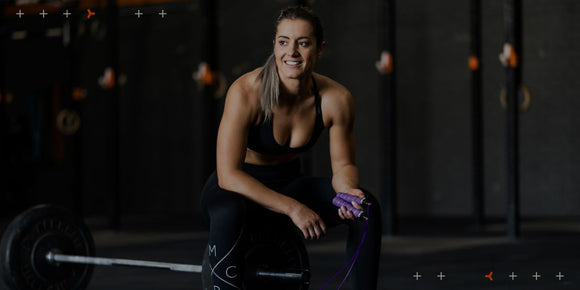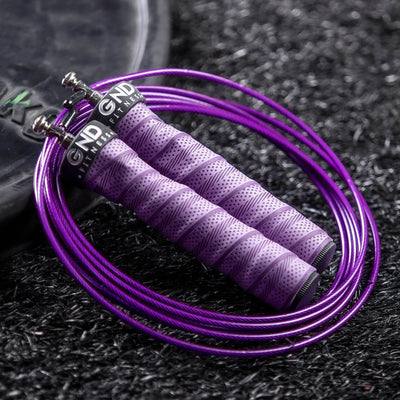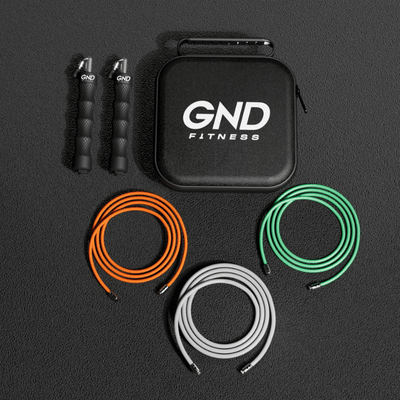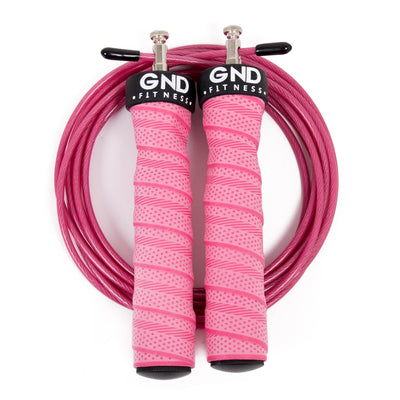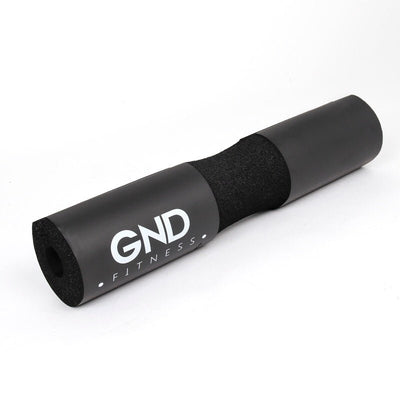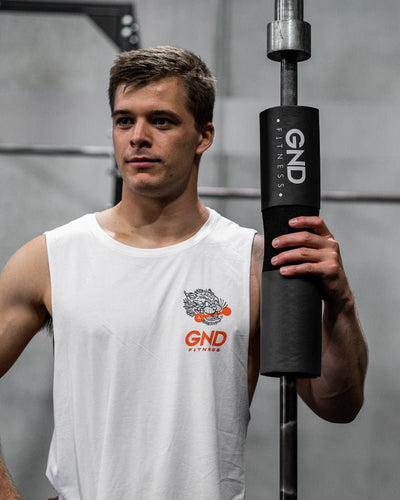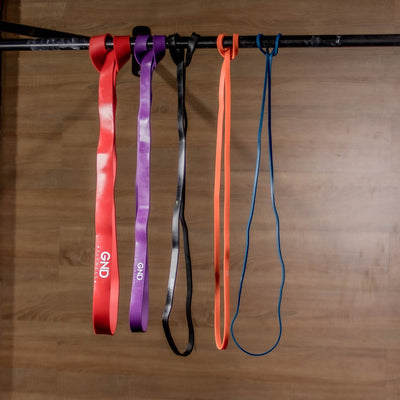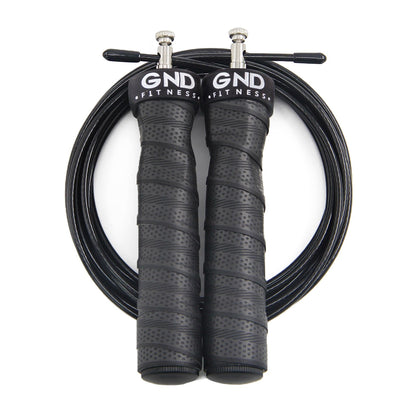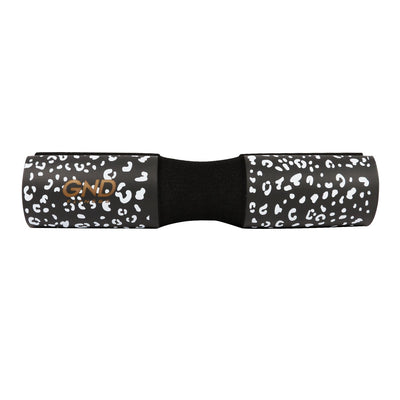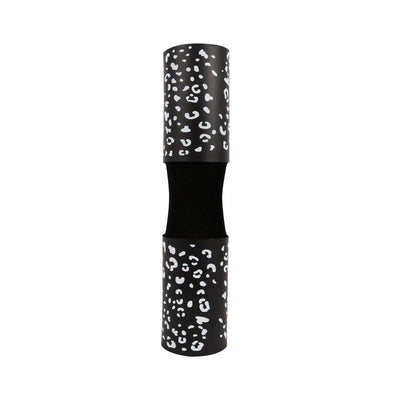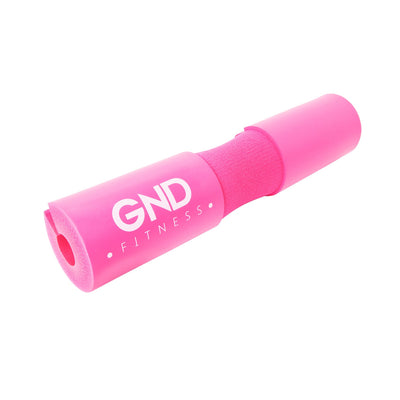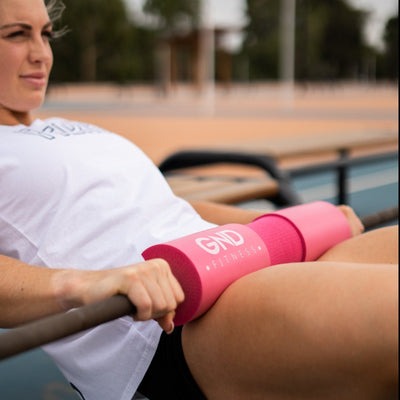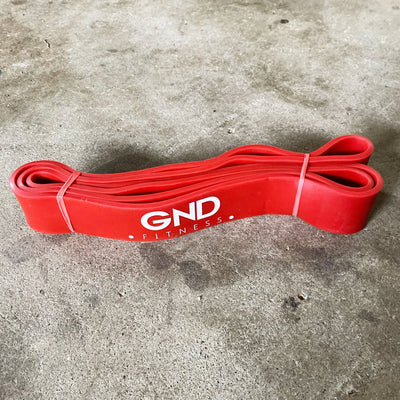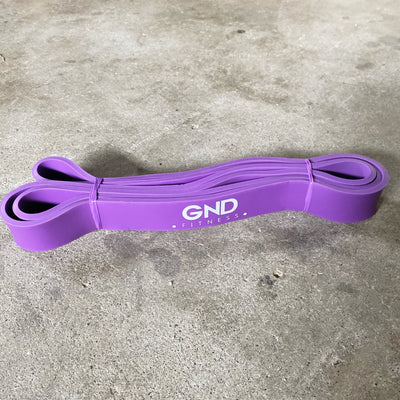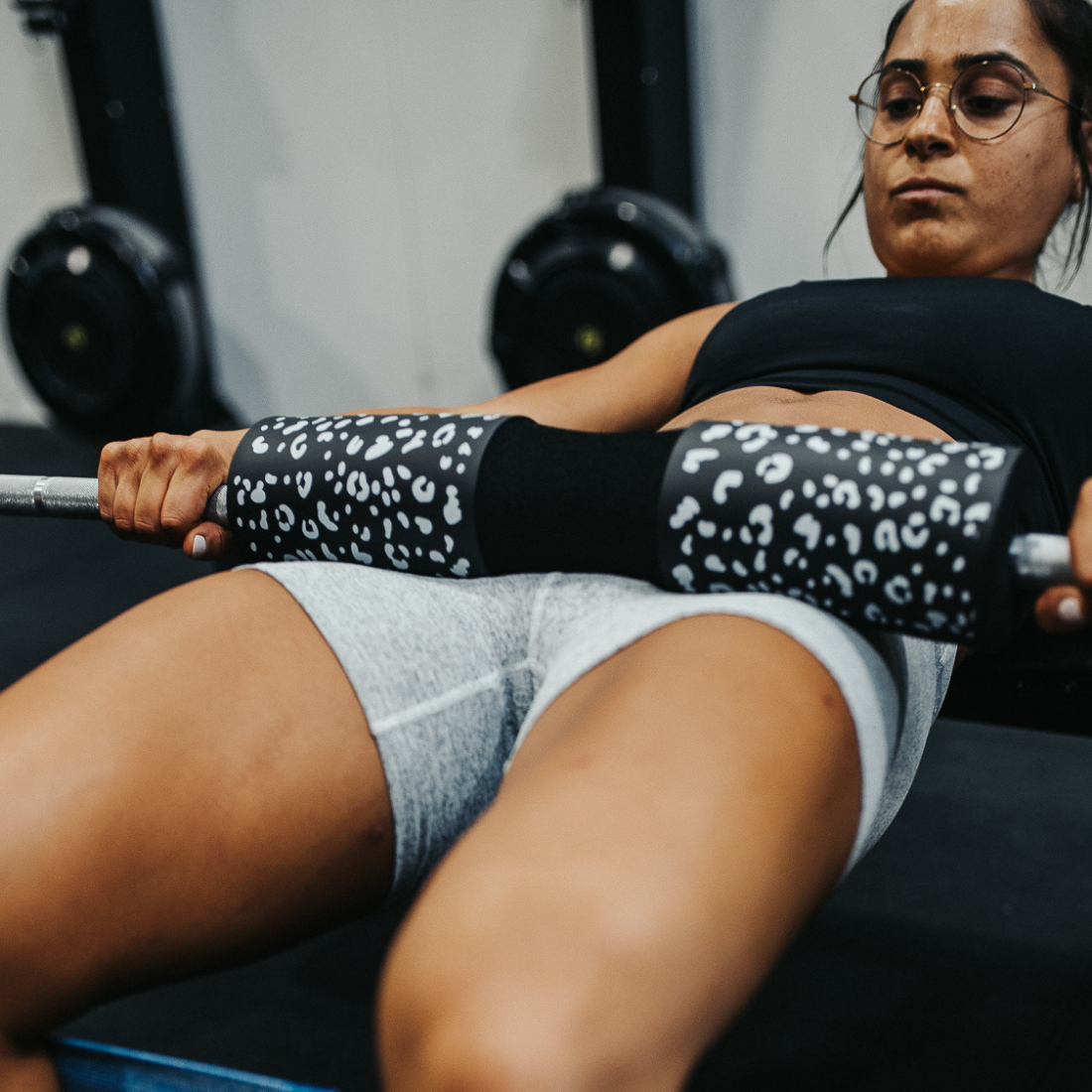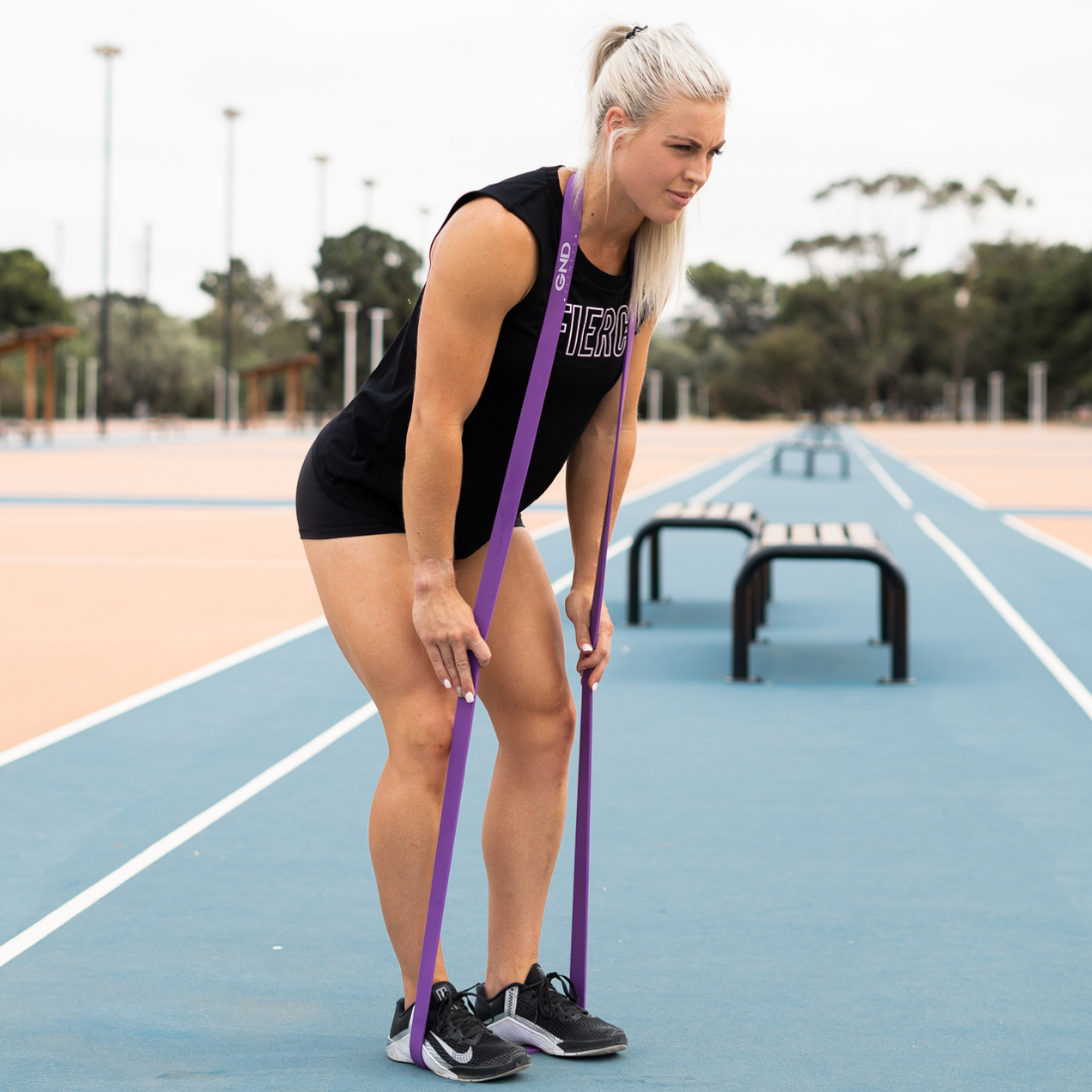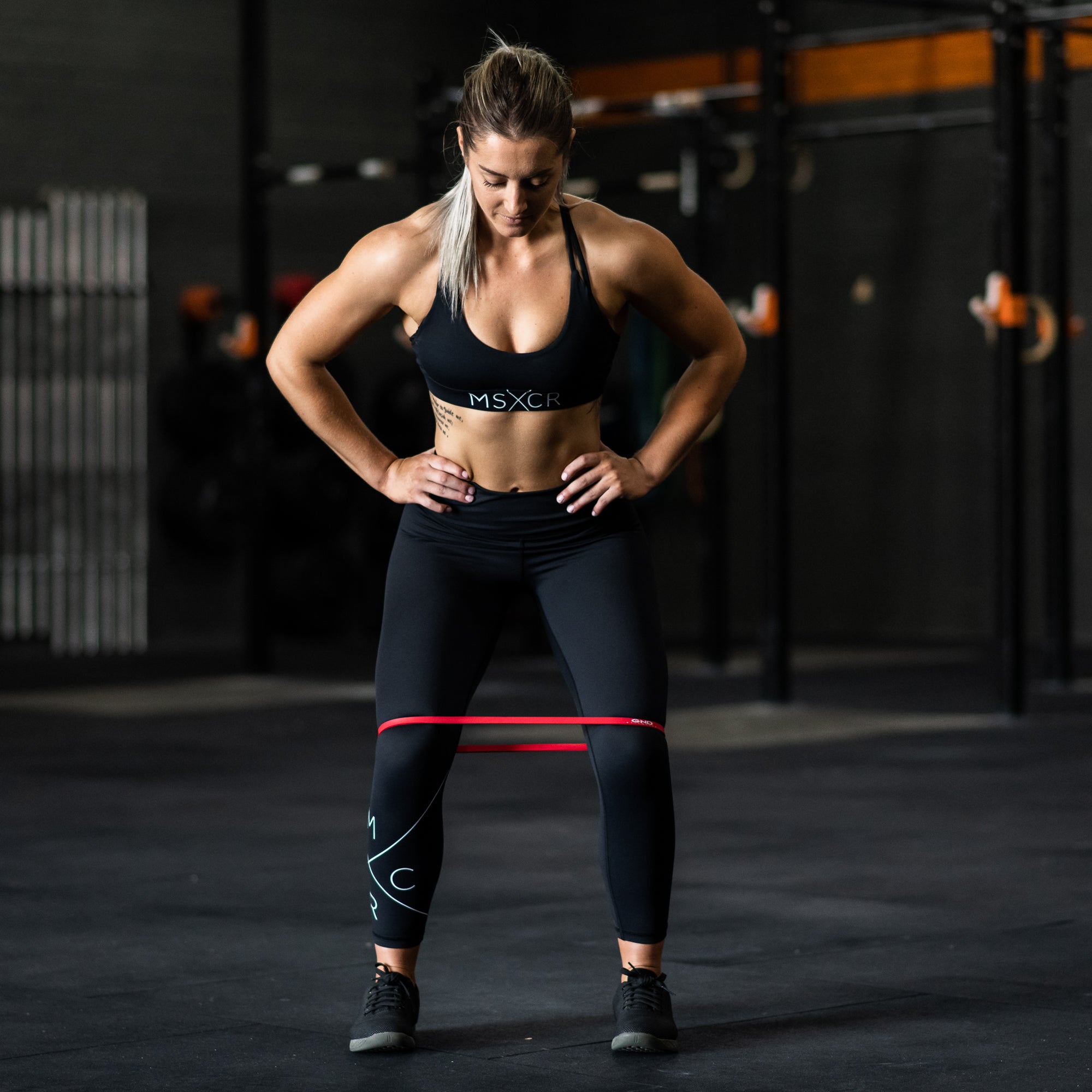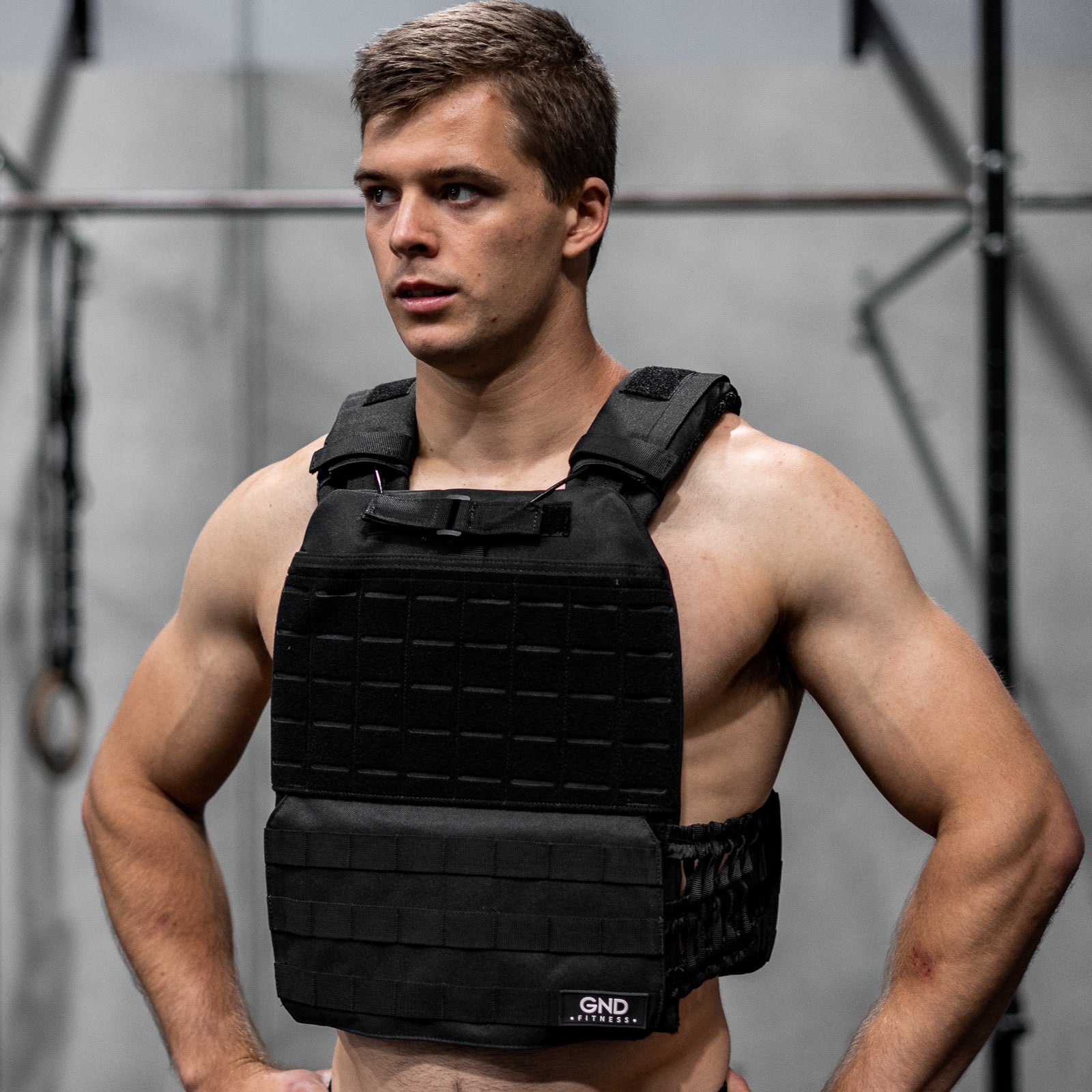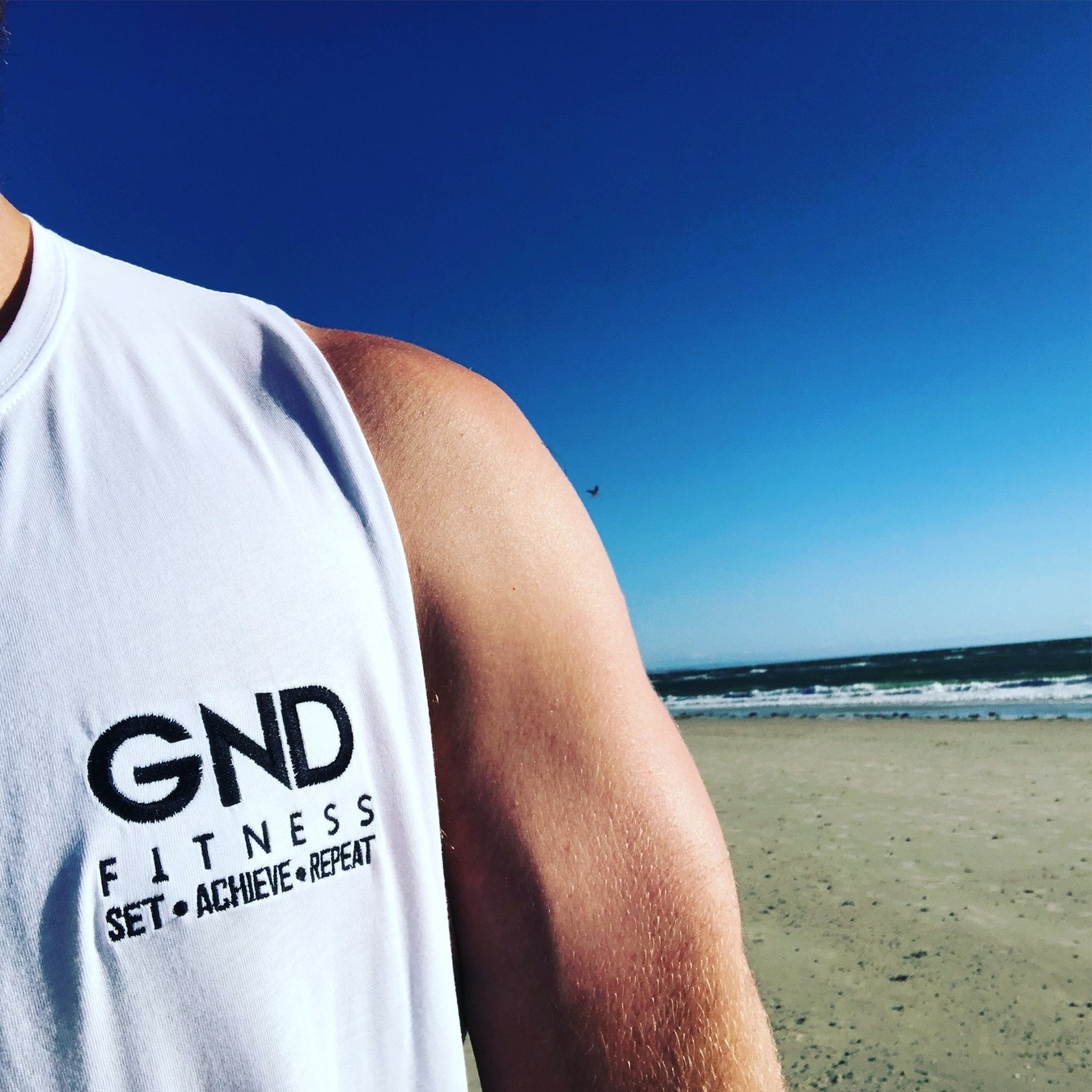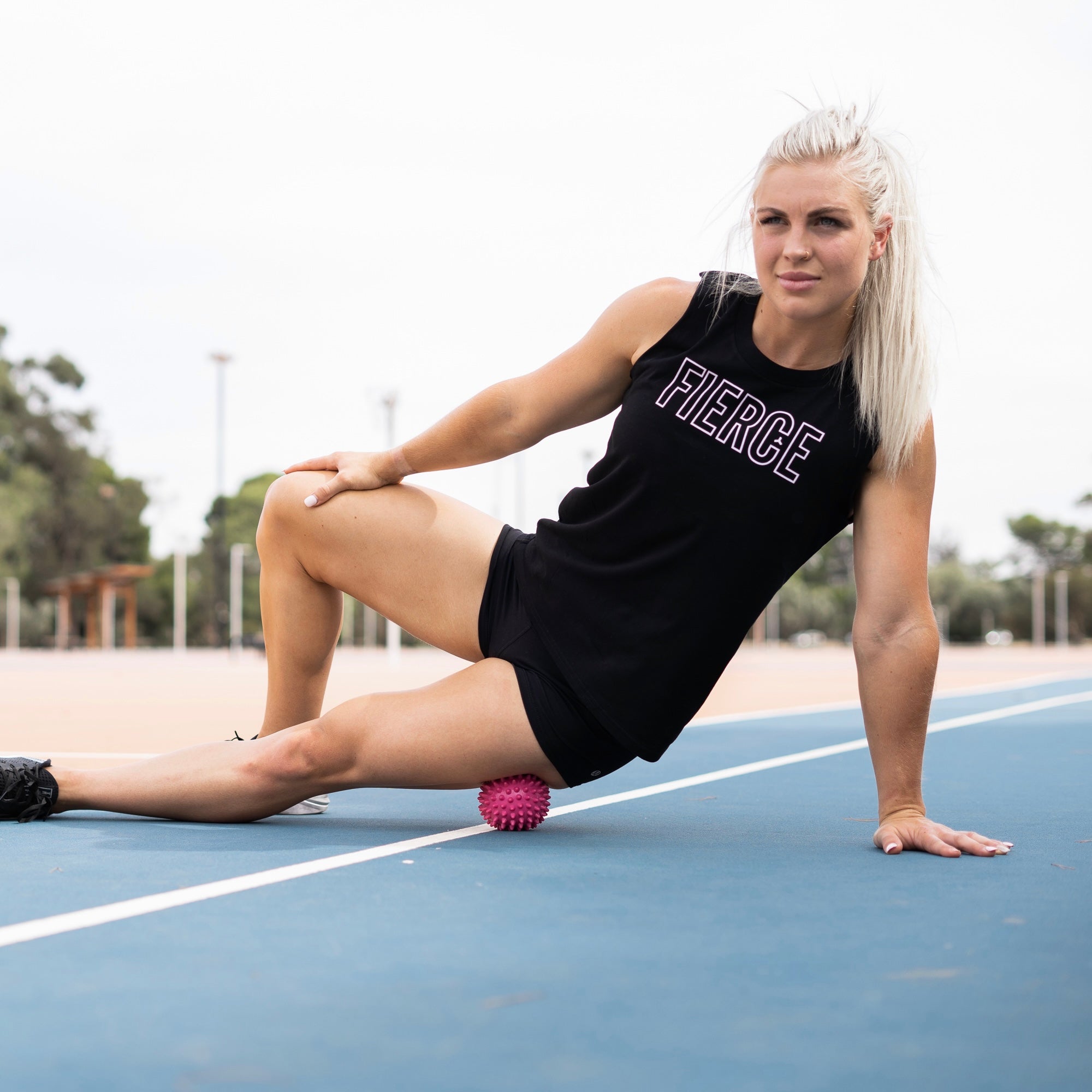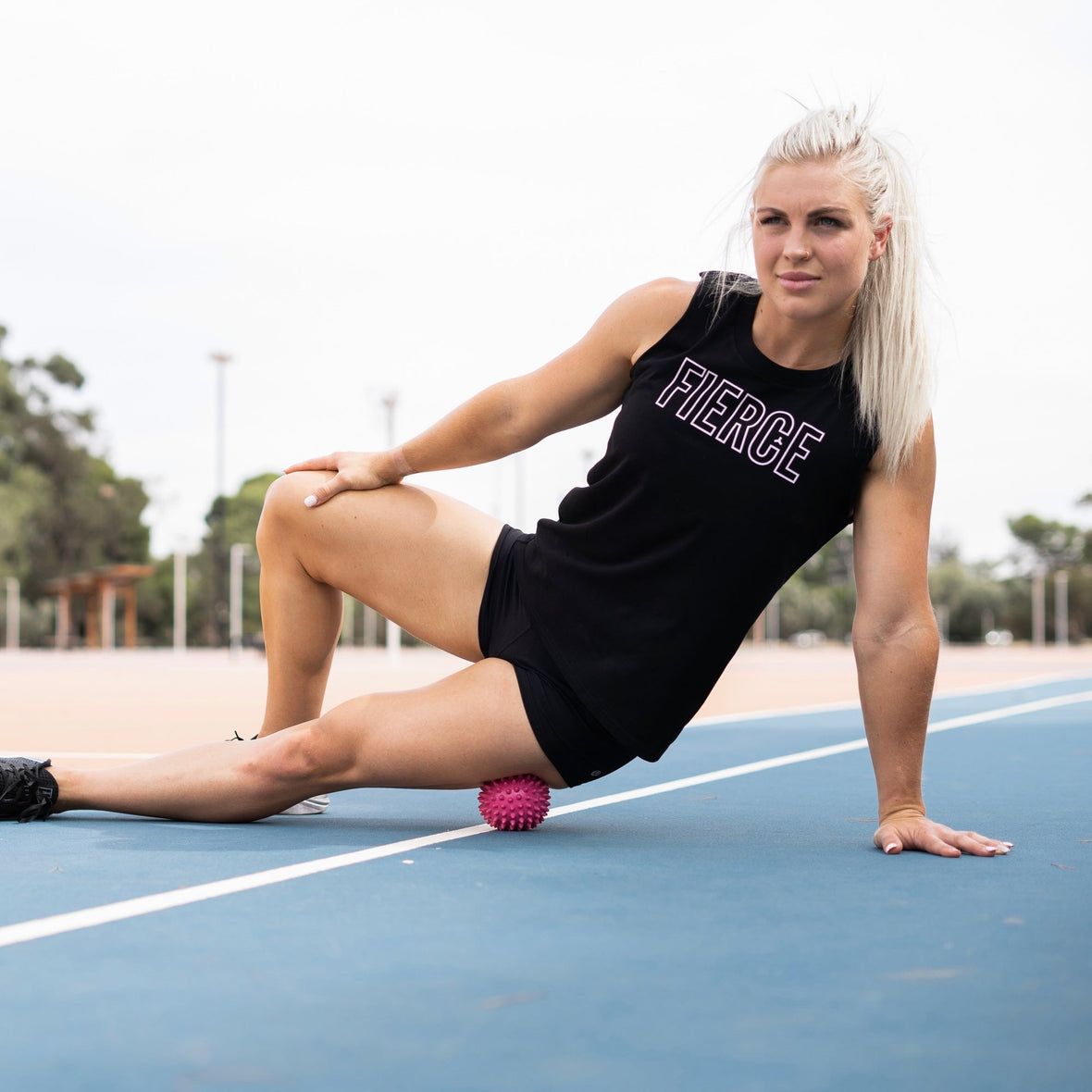
The Importance of Stretching!
Garth Stivey
The Importance of Stretching
There’s a reason why athletes spend hours stretching before a workout. Because it may prevent injury and help assist with pain management.
Did you also know stretching plays a vital role in muscle and bone health and helps support better posture as well?
Whether you’ve suddenly found yourself working from home, unable to attend your regular fitness classes due to lockdown, or spend long hours at the computer, increasing your strength and fitness through the simple act of stretching will have a positive impact on your body, leaving you feeling healthier and happier.When you move, you prevent injury and increase blood and oxygen flow throughout your body, which can ultimately make you feel better and ensure you don’t end up with a stiff back and neck.
Particularly if you’re spending many hours of the day sitting at a desk.
Here are five stretching exercises which can easily be achieved in both home and office to help keep your body strong and healthy.
Thoracic Extension Foam Roller

Using a foam roller is an excellent way to open up the chest, shoulders and thoracic spine, reducing tension and tightness when you’ve been sitting down all day.
This exercise will help stretch out the chest and back muscles, relieving muscle tension and maintain thoracic mobility.
For this stretch, place the foam roller horizontally at the base of the shoulder blades and place the hands at the bottom of your head with the fingers interlaced.
Exhale to arch back over the roller, taking care not to let the ribs flare outwards. Stay for as long as you can, ten long calming breaths should be long enough. Be mindful when coming out of this stretch by rolling off to the left or right off the roller to prevent any injury.
Click here to check out our foam rollers (here you would add a link to your foam rolling products).
Butterfly Pose:

Butterfly pose is a pose that encompasses the entire hip area, helping to open the inner thighs, lower back and hip flexors.
Often a tight low back is the result of tight hips and or hip flexors, which is the muscle that runs down from your glute (your buttocks) along the side of your hips into your hip muscle. The butterfly pose is a good stretch to alleviate this tension.
It can be done either with your back up against a wall, or anywhere on the floor, with enough room to bend forward over your pose, depending on your flexibility. If you are able to bend forward over the pose, it will deepen the stretch more, opening up the hips.
To get into the butterfly pose, start by sitting cross legged on the floor. Keeping your spine straight and keeping your legs in the bent position on the ground, widen them slowly until your feet are touching together. You can either stay here, holding on your feet to keep the spine straight or deepen.
If you are not using the wall for back support, with each deepening breath, try to lean your body over your legs bit by bit keeping your back as straight as possible, so you are leaning over your legs. This will deepen the stretch and open up the hip flexors.
If you opt to have your back up against the wall, use your breath to slowly pull your feet closer and closer to you with each breath as you lean up against the wall, to slowly deepen the stretch and really open up the hips and thighs.
Banded Glute Bridge:

Ideal after prolonged hours sitting down when your glutes are tight and require some release.
For this exercise, pull the resistance band up so it is over your knees. Having the band higher than the knees will protect your knee joints.
Lie on your back with your feet around 3 inches from your butt. Then thrust your hips into the air, hold for 3 seconds, then slowly lower down. With this exercise, squeeze your glutes, keep your knees at least at hip width apart so you can get the benefits of the resistance band, and don’t overextend your back.
Click here to view our full range of resistance bands (here you would add in a link to your resistance bands products).
Lunge Stretch with Thoratic Rotation:
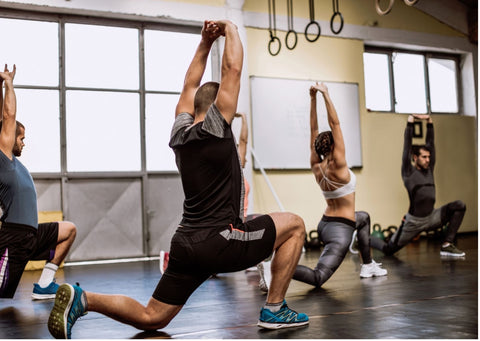
A lunge stretch is similar to a runners stretch, however instead of being in a standing position, you will have your bent knee resting on the ground, to deepen the stretch around the hips, thighs and lower back region.
This is a great stretch to open the hips and increase the mobility in your thoracic spine, which is the middle section of your vertebra between your neck and lower back.
Thoracic mobility affects posture so is great for those hunched over a computer all day.
To deepen the stretch, try extending tour arms up in the air, making sure to relax the shoulder so they aren’t hunched up. Hold for thirty seconds and then re4peat with the opposite leg.
Make sure you find a soft spot to support your knee for this stretch, or at least place a blanket or towel under the knee to protect the joints on hard surfaces.
Runner Stretch:

Try using a resistance band for this stretch as a way of strengthening and toning muscles.
The resistance band will prevent you from stepping too far forward, controlling the strength of the stretch, giving you the ability to work harder into the position and deepen the pose.
With the band above your knees, lunge down into what is almost an uneven squat and then come back up again. Repeat with at least 10 reps each side. Keep your core tight to help you keep control and balance.
Outside of Stretching – Try a Massage Gun:
When you are able to finally return to your normal fitness routine, you may experience unusual muscle tightness. This means your chance of injury may be greater as muscle mass can dimmish when not being continuing worked out.Especially if you spend long hours sitting down for work and are unable to maintain the same fitness routine as you did pre-lockdown.
Designed to help with muscle recovery after an injury or hardcore workout, the massage gun is beneficial for anyone with tight muscles and knots, to help reduce the soreness associated with sitting down for too long.
A massage gun will also help you once you do return to your normal fitness routine as it reduces the recovery time through therapeutic massage treatments the gun can provide to your tight and sore muscles.


